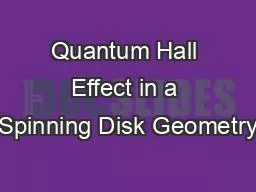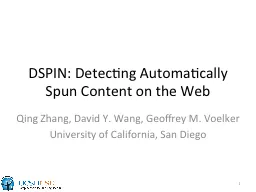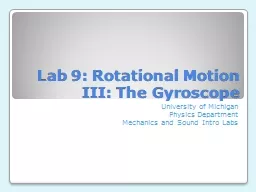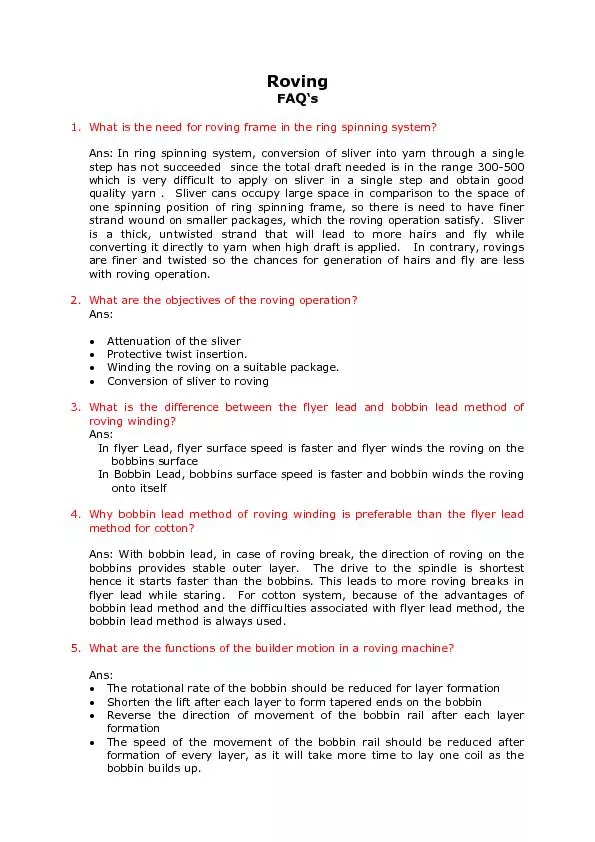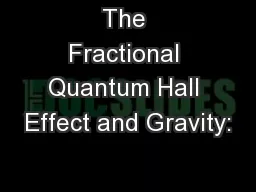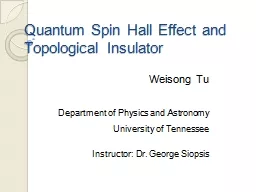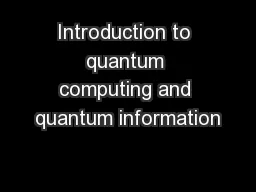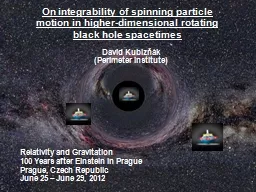PPT-Quantum Hall Effect in a Spinning Disk Geometry
Author : beastialitybiker | Published Date : 2020-08-28
Syed Ali Raza Supervisor Dr Pervez Hoodbhoy Outline A brief Overview of Quantum Hall Effect Spinning Disk Spinning Disk with magnetic Field Kubos Formula for
Presentation Embed Code
Download Presentation
Download Presentation The PPT/PDF document "Quantum Hall Effect in a Spinning Disk G..." is the property of its rightful owner. Permission is granted to download and print the materials on this website for personal, non-commercial use only, and to display it on your personal computer provided you do not modify the materials and that you retain all copyright notices contained in the materials. By downloading content from our website, you accept the terms of this agreement.
Quantum Hall Effect in a Spinning Disk Geometry: Transcript
Download Rules Of Document
"Quantum Hall Effect in a Spinning Disk Geometry"The content belongs to its owner. You may download and print it for personal use, without modification, and keep all copyright notices. By downloading, you agree to these terms.
Related Documents

